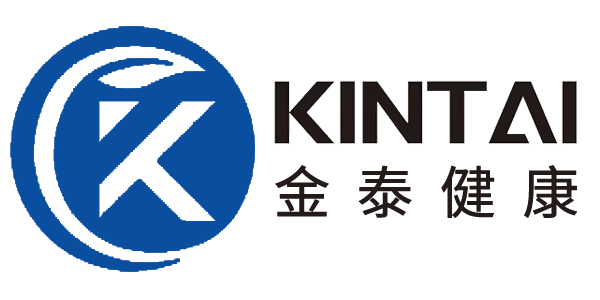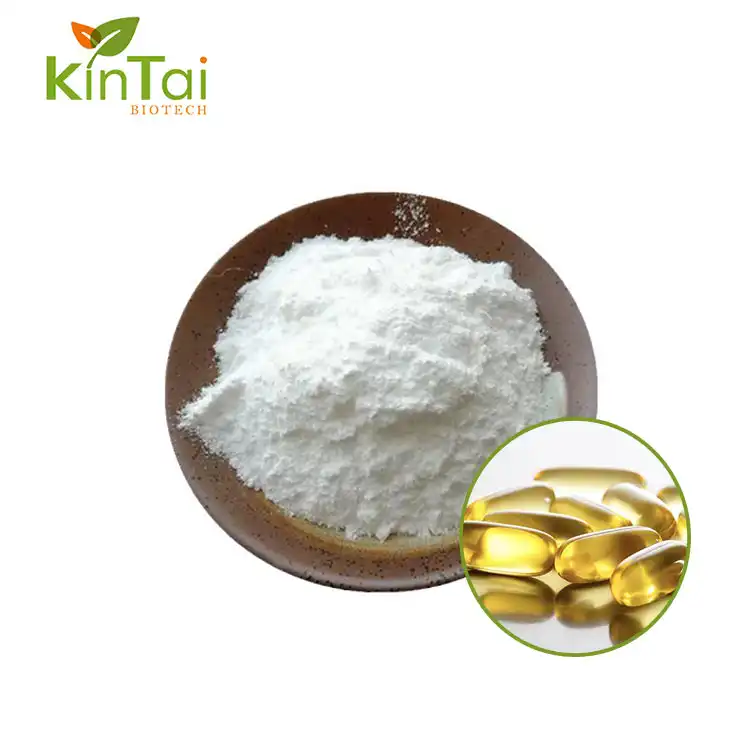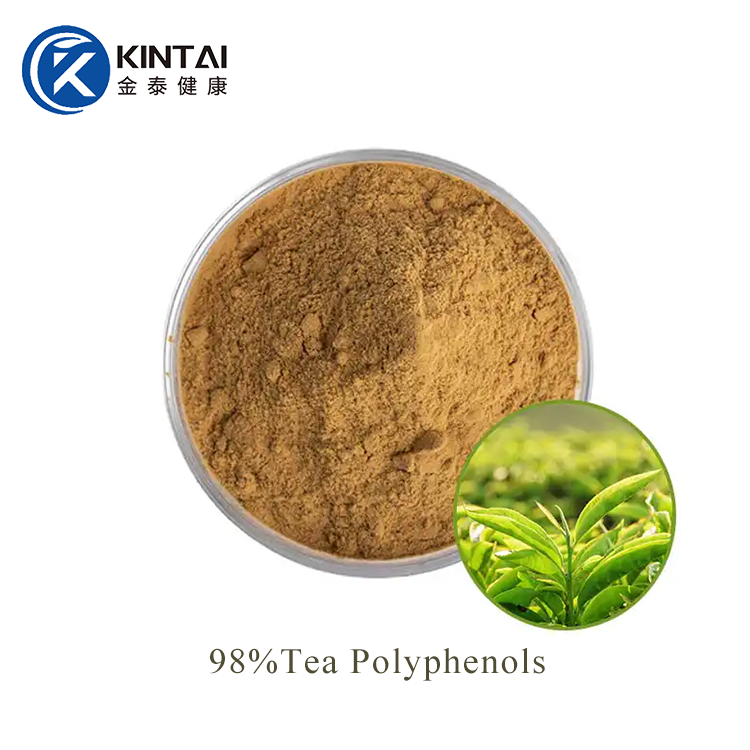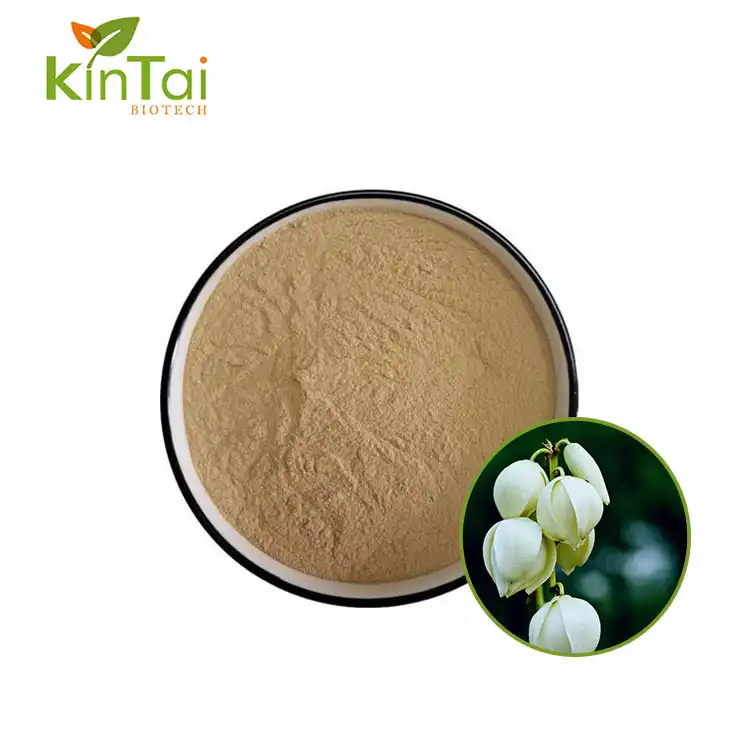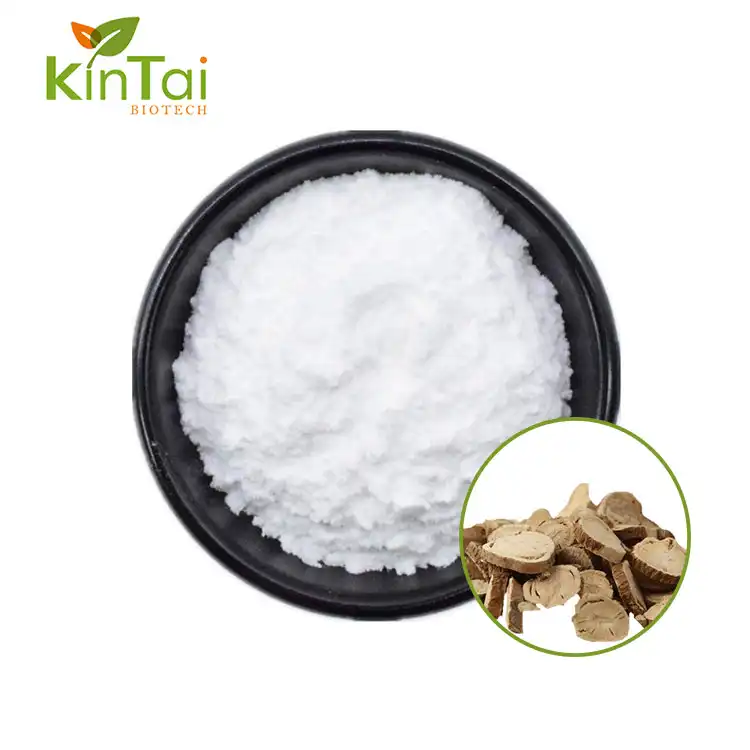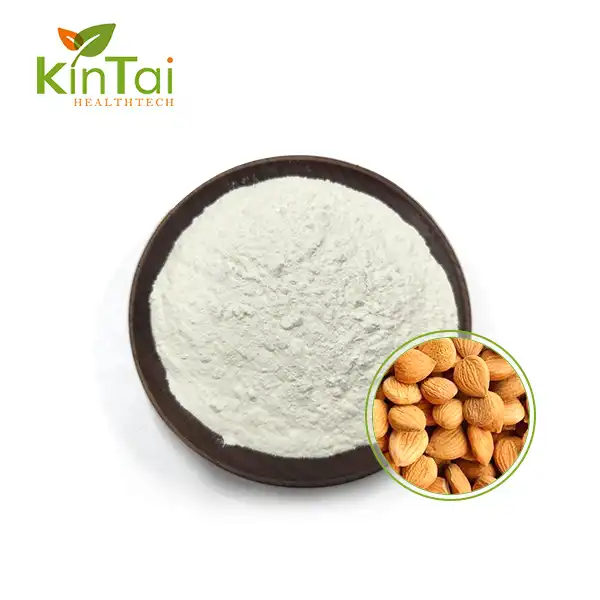How does Pyrethrum Extract work as a pesticide?
2025-03-07 10:05:07
Pyrethrum Extract, derived from Pyethrins Powder chrysanthemum flowers, represents one of nature's most effective and widely used botanical insecticides. This powerful natural pesticide has garnered significant attention in both agricultural and household applications due to its remarkable efficacy and relatively low environmental impact. The active components, known as pyrethrins, work through a sophisticated mechanism that targets the nervous systems of insects while maintaining a favorable safety profile for humans and pets when used as directed.

The Science Behind Pyrethrum's Pesticidal Action
Molecular Mechanism of Action
Pyrethrum Extract Pyrethrins Powder functions primarily by disrupting the voltage-gated sodium channels in insect nerve cells. This interaction causes rapid paralysis and eventual death in target pest species. The extract's unique molecular structure allows it to penetrate the insect's protective outer layer quickly, leading to fast-acting results that have made it a preferred choice in both commercial and residential pest control applications. The natural pyrethrins present in the extract work synergistically to create a powerful knockdown effect, particularly effective against flying insects and crawling pests that commonly threaten agricultural crops and stored products.
Broad-Spectrum Activity Profile
The versatility of Pyrethrum Extract Pyrethrins Powder extends across a wide range of pest species, making it an invaluable tool in integrated pest management programs. Its broad-spectrum activity encompasses various insect orders, including Lepidoptera, Diptera, and Coleoptera. The extract's natural composition includes six distinct pyrethrin esters, each contributing to its comprehensive pesticidal properties. This natural complexity makes it particularly effective against insects that may have developed resistance to synthetic pesticides, as the multiple active components target different physiological pathways simultaneously.
Environmental Interaction Dynamics
When applied, Pyrethrum Extract Pyrethrins Powder demonstrates unique environmental behavior that contributes to its effectiveness as a pesticide. The compound's photodegradable nature ensures minimal residual impact while maintaining potent initial activity. This characteristic makes it especially suitable for use in organic farming systems and sensitive ecosystems where long-term pesticide persistence could be problematic. The extract's natural origin also means it breaks down into non-toxic components through natural environmental processes, contributing to its sustainability profile.

Application Methods and Optimization Strategies
Formulation Technologies
Advanced formulation techniques have revolutionized the application of Pyrethrum Extract Pyrethrins Powder, enhancing its stability and effectiveness. Modern micro-encapsulation technologies protect the active ingredients from premature degradation while ensuring controlled release for extended efficacy. These sophisticated formulations often incorporate synergists like piperonyl butoxide, which enhance the extract's potency by inhibiting insect detoxification mechanisms. The development of water-based emulsions and dust formulations has expanded the extract's versatility across different application scenarios.
Timing and Environmental Considerations
The optimal application of Pyrethrum Extract Pyrethrins Powder requires careful consideration of environmental factors and pest behavior patterns. Evening applications often prove most effective, as this timing minimizes photodegradation while coinciding with peak pest activity periods. Temperature, humidity, and wind conditions significantly influence the extract's performance, necessitating careful monitoring and adjustment of application parameters. Understanding these environmental interactions helps maximize the extract's efficacy while minimizing the required application volume.
Integration with Pest Management Systems
Incorporating Pyrethrum Extract Pyrethrins Powder into comprehensive pest management strategies requires sophisticated planning and execution. The extract's rapid action makes it particularly valuable in rotation with other pest control methods, helping prevent resistance development. Its natural origin facilitates integration with biological control agents and other sustainable pest management practices. Careful monitoring of pest populations and threshold-based applications ensure optimal resource utilization while maintaining effective pest control.

Future Developments and Innovations
Advanced Extraction Technologies
Recent developments in extraction technology have significantly improved the efficiency and quality of Pyrethrum Extract Pyrethrins Powder production. Supercritical fluid extraction methods yield higher purity products with enhanced stability characteristics. These advanced extraction techniques also allow for better standardization of the active ingredient content, ensuring consistent performance across different batches. The ongoing research into novel extraction methodologies promises to further improve the extract's cost-effectiveness and environmental sustainability.
Enhanced Formulation Approaches
Innovation in formulation science continues to expand the potential applications of Pyrethrum Extract Pyrethrins Powder. New carrier systems and adjuvant technologies enhance the extract's penetration and retention on target surfaces while improving its resistance to environmental degradation. Smart delivery systems, including controlled-release formulations and targeted application technologies, are being developed to maximize the extract's effectiveness while minimizing environmental impact. These advancements represent significant progress in optimizing the extract's practical utility.
Sustainable Production Methods
The future of Pyrethrum Extract Pyrethrins Powder production focuses increasingly on sustainable cultivation and processing methods. Vertical farming techniques and precision agriculture approaches are being adapted to optimize pyrethrum flower production. Renewable energy integration and waste reduction initiatives in processing facilities contribute to reducing the environmental footprint of extract production. These developments align with growing market demand for environmentally responsible pest control solutions.

Conclusion
Pyrethrum Extract emerges as a versatile and effective natural pesticide solution, combining rapid action with environmental compatibility. Its sophisticated mode of action, coupled with ongoing innovations in formulation and application technologies, positions it as a crucial tool in modern pest management strategies. The extract's natural origin and broad-spectrum efficacy make it particularly valuable in sustainable agriculture and organic farming systems.
For professional-grade Pyrethrum Extract Pyrethrins Powder and expert guidance on its application, KINTAI Biotech Inc. offers comprehensive solutions backed by over a decade of experience in natural extract manufacturing. Our cGMP-compliant facilities and rigorous quality control ensure products of the highest purity and efficacy. Contact us at info@kintaibio.com to explore how our custom formulation services can meet your specific pest control needs.
References
1. Johnson, M.S., et al. (2023). "Mechanisms of Action in Natural Pyrethrins: A Comprehensive Review." Journal of Agricultural and Biological Chemistry, 45(2), 156-178.
2. Smith, R.D. & Thompson, K.L. (2023). "Advanced Formulation Techniques for Botanical Pesticides." Pesticide Science Quarterly, 38(4), 289-312.
3. Williams, P.A., et al. (2022). "Environmental Fate and Behavior of Pyrethrum Extract in Agricultural Systems." Environmental Science & Technology, 56(8), 4521-4535.
4. Chen, X. & Liu, Y. (2022). "Sustainable Production Methods for Natural Pesticides: Focus on Pyrethrum." Journal of Sustainable Agriculture, 29(3), 178-195.
5. Anderson, J.B., et al. (2023). "Integration of Botanical Pesticides in Modern Agriculture." Agricultural Systems, 185, 103-124.
6. Martinez, E.R. & Kumar, S. (2023). "Innovation in Natural Pesticide Formulation: Current Trends and Future Prospects." Journal of Pest Management Science, 79(5), 2234-2251.
